Welcome to my Cliffnotes, a series where I push out rapid fire opinions of some of the IEMs I’ve heard but can’t be bothered to fully review. Thus I won’t get too in-depth, nor will I be too formal and technical. Less analysis, more… from-the-heart if you will.
Introduction
I’ve always known Vision Ears for one thing: the flex.
Personally, I’ve never seriously considered any Vision Ears IEMs for a personal purchase considering how expensive they can get. The Erlkonig for instance, a silver-housing beast clocking in at a whopping 4,200 Euros, or even what is arguably their most famous product the VE8, clocking in at a more reasonable but still insane 2,350 Euros. “Value for money” was never in their vocabulary, and it shows. They’ve dedicated themselves to the “luxury premium” brand image, and lower pricetags would ruin that. I understand.
But beyond the price-wars and overinflation of what are (in my opinion) great-but-not-amazing IEMs, Vision Ears at least has one thing to brag with. The VE8, which sits as one of the rare few with the prestigous rank of “S” right above everybody else. And in that specific case, sure; charge what you want because nobody can argue against the “best of the best” under money-no-object conditions.
The VE3.2 and VE4.2 comes as updates to their overlooked VE3 and VE4 models, and the Elysium is their first foray into Sonion’s ever popular EST drivers as well as their first foray into hybrid designs into general. Don’t expect any stars out of me this time, but let’s see if Vision Ears can at least justify their sky high prices with these three newbies.
Vision Ears VE3.2
Product page: https://vision-ears.de/product/ve-3-2
MSRP: €1,090 (~$1,200)
Driver configuration: 3BA
What you’re looking here, is a mini-VE8.
Now before you scramble to get out your wallet to make an impulse purchase, that’s not the full story of the VE3.2. It is true, the VE3.2 is very similar to the much-lauded VE8 in terms of tonality, which is also its greatest strength. You get the same kind of notes that beautifully balance a heavy and grand weight without crossing the dangerous line of muddiness, and so works best for sustain instruments (winds, brass, bowed strings etc.) and male vocals. It joins the ranks of the VE8 and UE18+ (second generation) as one of my mainstay recommendations for those wanting a rich and hefty tone.
But unfortunately, the VE3.2 suffers in terms of raw detail retrieval as well as upward treble extension. So on a technical scale, you can just ignore the concept of “bang for your buck” whenever you’ve decided on getting a “budget VE”, because the VE3.2 doesn’t break any conventions in that regard. It’s not like the VE3.2 doesn’t have resolution, but being limited to a simple 3BA setup and kilobuck pricing just shows that you’re paying for the prestige and branding rather than the sound itself.
Great cheaper alternative to the VE8, but ultimately the VE3.2’s pricing doesn’t have the VE8’s justification of being one of the best IEMs in the world today. It does one thing well, but that’s really not enough.
Grade: B+
Vision Ears VE4.2
Product page: https://vision-ears.de/product/ve-4-2
MSRP: €1,290 (~$1,440)
Driver configuration: 4BA
The VE4.2 is a bit of a black sheep in Vision Ear’s lineup in that it’s a rather intense V-shaped signature. Usually Vision Ears tunes more conversatively with emphasis on a balanced tone rather than for “wow factor”, so you can see how my opinion on the VE4.2 is a little mixed.
On one hand, I can see the VE4.2 being one of the more popular models, perhaps exceeding that of the VE3.2 despite the higher price. It sounds great for the first 5 or so minutes in my ears, and while I personally preferred the VE3.2 right from the start, I’ve seen more people prefer the VE4.2.
There’s nothing outright wrong about it in terms of tonality, and it can hold its own in terms of detail pickup in the absence of pricing. But as per usual, the Vision Ears branding means getting the Vision Ears pricetag, and so the VE4.2 struggles in differentiating itself from the competition in any aspect of the broad umbrella of “sound quality”.
It’s a good IEM, but good IEMs also come cheap these days. And without that x-factor to stand on like the VE3.2, the VE4.2 is just another V-shaped BA IEM in the red ocean of V-shaped BA IEMs.
Grade: B-
Vision Ears Elysium
Product page: https://vision-ears.de/erlkoenig_en
MSRP: €2,900 ($3,200)
Driver configuration: 1BA + 1DD + 1EST hybrid
Allow me to monologue for a bit.
If there was one recent trend in the IEM market that I would have considered as a cancer to the hobby, it would be the popularity of those damned Sonion electrostatic tweeters. The gawking masses absolutely loved that word: “electrostatic”, and would go to great lengths to claim this unobtanium even if it turned out to be mere fool’s gold in disguise. The Sonion ESTs were hard buggers to use, and more often than not manufacturers would stumble in designing a circuit complex enough to make full use of their low sensitivities and awkward compatibility with BA drivers. And what I’ve seen is manufacturers churning out hybrid after hybrid under the pretense of “good enough”, which all ultimately meant a near-complete disregard for higher frequency response in favour of the marketing boost that came with the EST’s inclusion.
And it was my long-standing expectations of these whacky not-electrostatics that were ultimately subverted by the Germans.
Monologue over, let’s go back to the Elysium. The Elysium’s sound came as a total surprise to me, in that… well… there was treble. And not only that, it was actually pretty decent treble too, no weird spikes or dips that are all too common in EST implementations that ruin the tonality and timbre of hi-hats. The Elysium sounded… like a regular BA-tweeter IEM. And with my previous experiences with similar types of IEMs, that’s the greatest compliment I can give to it right now.
The Elysium has the interesting tuning choice of using the dynamic driver as a bandpassed midrange driver as opposed to the traditional woofer, much like the JH Lola. That means the Elysium uses BA woofers instead, and while you would think I would lambast it for being so since I’m a “BA bass” hater myself, it’s pretty alright. Definitely would’ve preferred a DD presentation, but I’ve heard worse. Cough Lola cough.
Technicalities and tonality are great and fall in line with what I’d expect out of a $2,000 IEM. But of course, this is Vision Ears. If you’ve already decided to buy one, I’m pretty sure “saving money” isn’t on your bucket list.
Anyways, to conclude. The Elysium is the IEM to show me that the Sonion ESTs do have a place in the market in that, when it is well-implemented, it can be just as good as the standard BA tweeter array. But at the price it’s more a luxury concept than anything concrete, but that’s simply how the market goes. You just need that one product to show everyone that no, this new-fangled toy driver can, in fact, do some great things. And it’s with the Elysium that I hope more companies would realise that EST hybrids are not doomed to a life of poor treble response and even poorer treble extension, and instead trickle down to similar implementations but for cheap.
Grade: A
Support me on Patreon to get access to tentative ranks! I probably won’t be writing Cliffnotes for every IEM, but you can expect them for the ones that stand out, either positively or negatively.
My usual thanks to my loyal supporters and shoutouts to my big money boys:
“McMadface”
Denis
Nicholas
Alexander

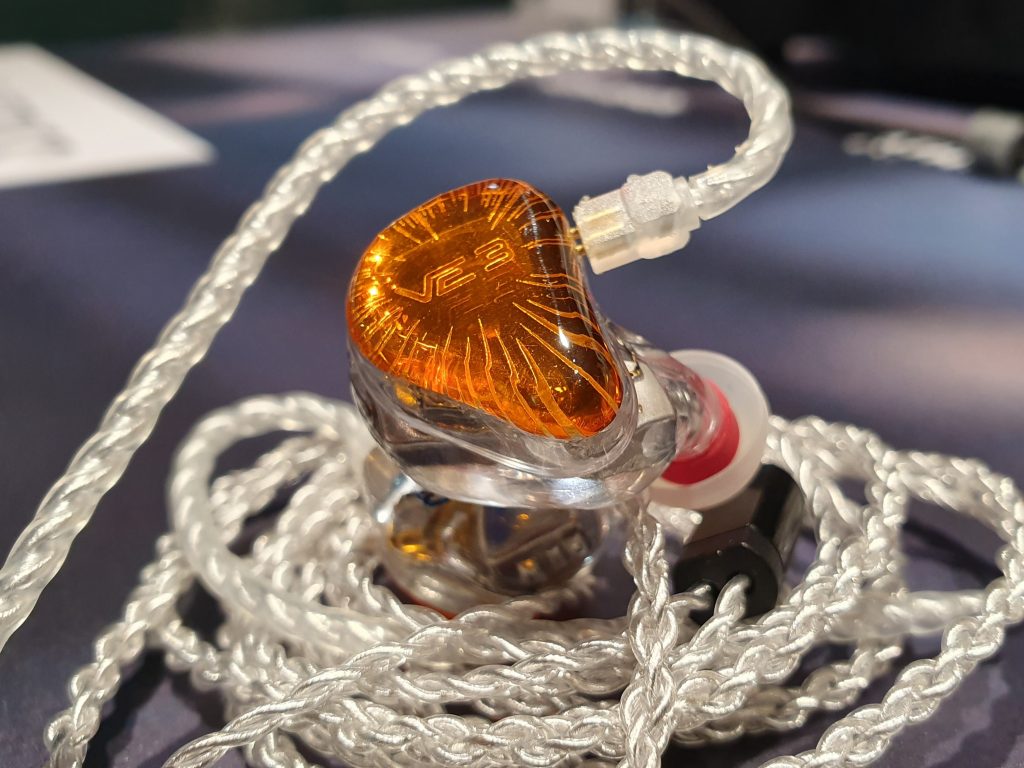


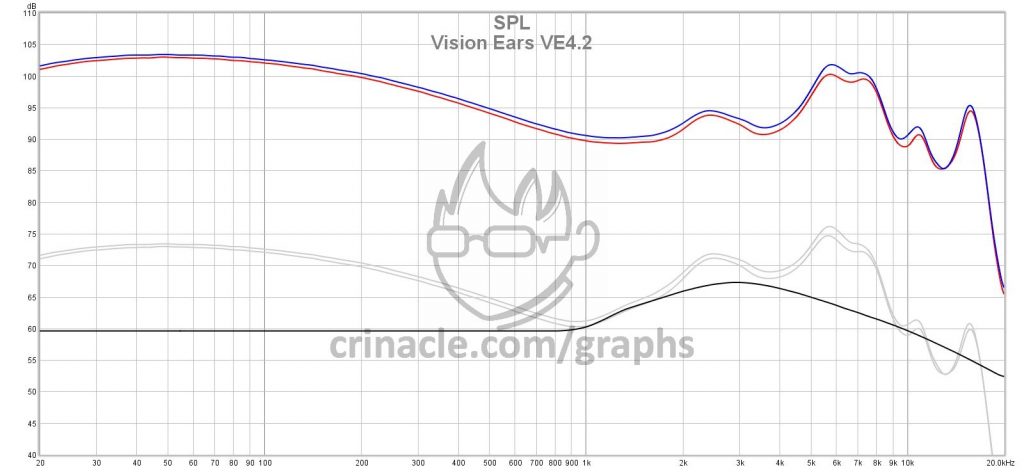



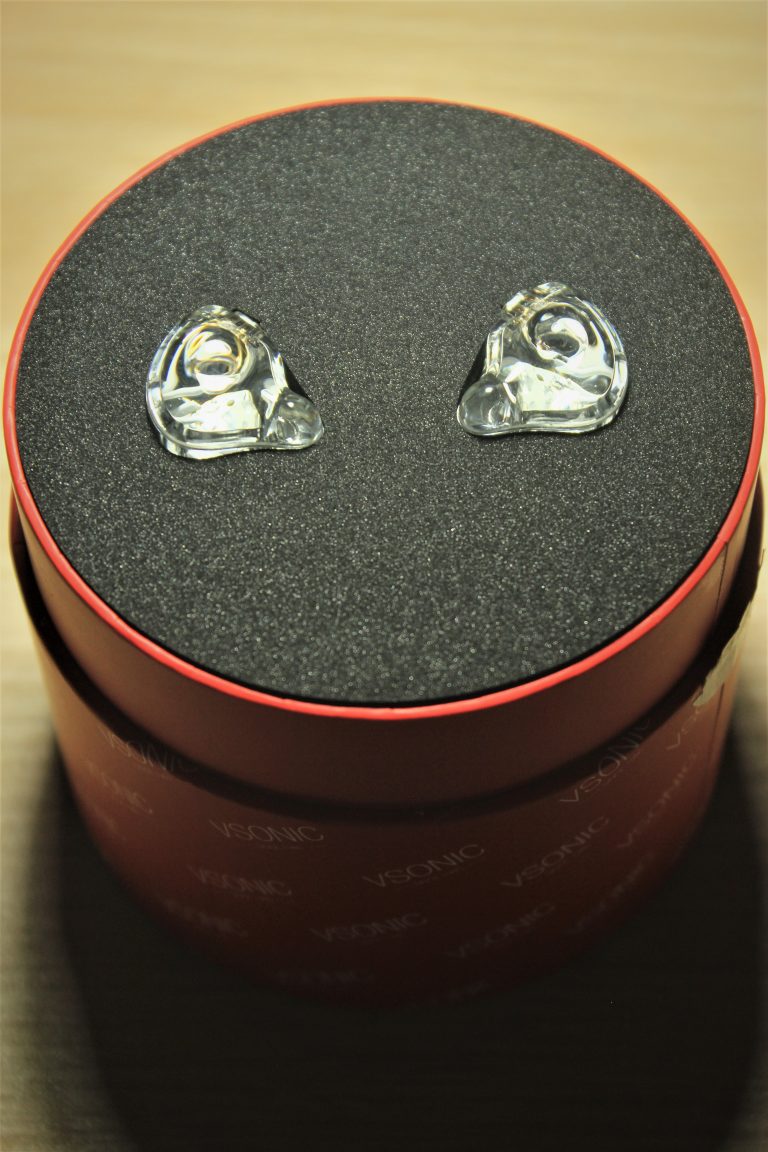
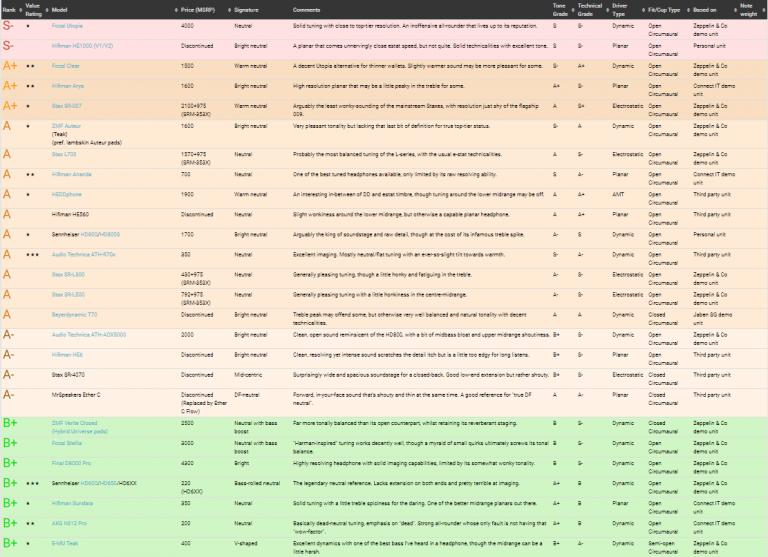

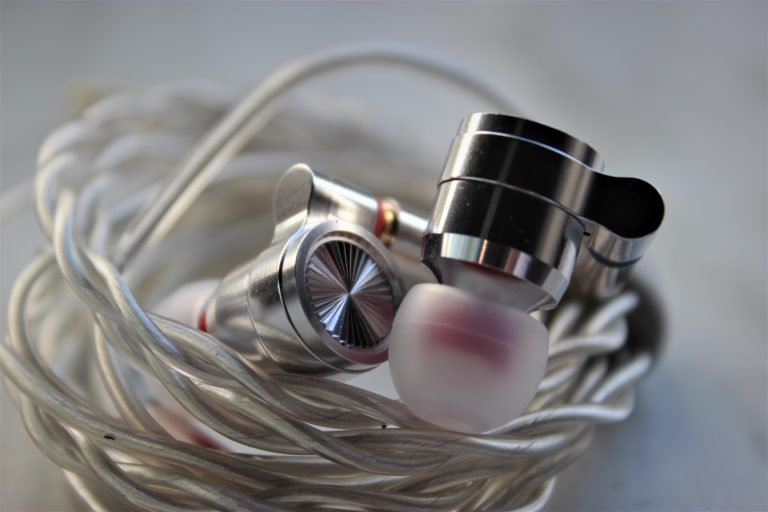
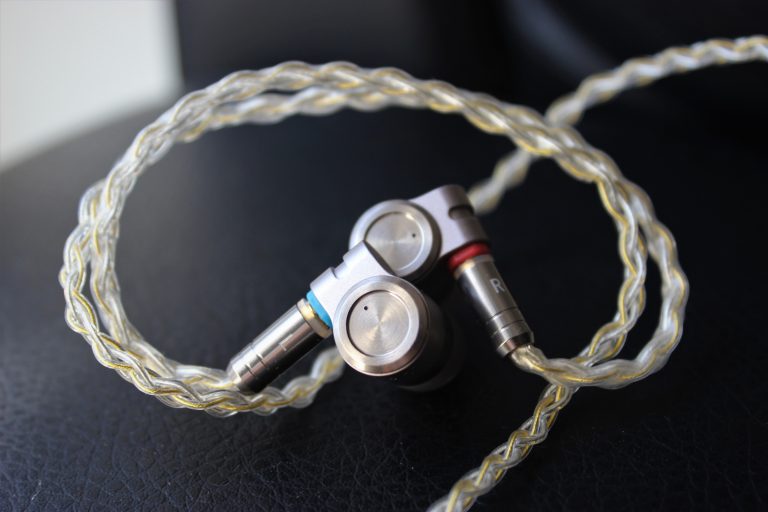

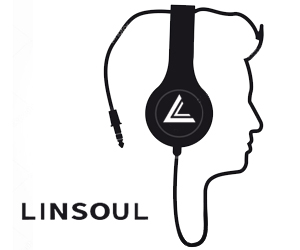


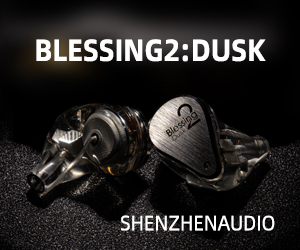
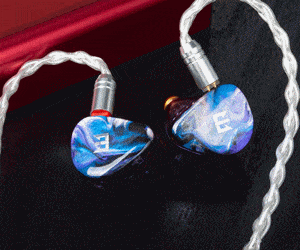

2 thoughts on “[Cliffnotes] Vision Ears VE3.2, VE4.2 & Elysium”